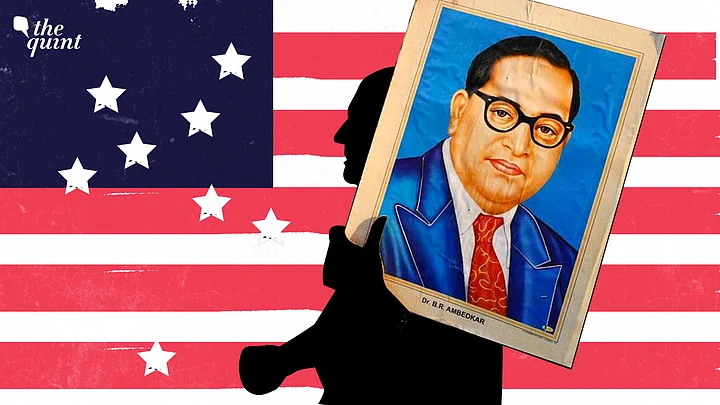Embedded in the list of indignities Indian Americans suffer in the US, caste has remained a muted topic for long. But now, with the Indian American population expanding to more than 4 million, this blemish of the ‘model minority’ community is becoming increasingly noticeable.
Whether one lives in Silicon Valley, New Jersey, or Texas, whether one is a software engineer, a university student, or a restaurant worker — caste bias rears its ugly head in each of their lives.
Modern-day caste protocols are often less about overt attacks or conscious hostility, and more about unspoken exclusion.
What is witnessed in the US is again a watered-down experience of the more penetrating caste prejudices in India, yet it appears, in covert forms, in codes and head nods.
From a seemingly innocuous refusal to date someone from a different caste in university and office campuses, to missing invitations to social or religious gatherings, or when a well-deserved promotion eludes some, casteism makes an appearance silently yet conspicuously.
Historian and anthropologist, Anupama Rao, who studies caste, observes that those who have earned the status of being 'good immigrants' in the US mostly hail from upper-caste families and “tend to be extremely cagey.” Most often are also embarrassed to think of themselves as the beneficiaries of caste privilege.
The Problem With Caste Bias in US
Caste, unlike race, is not a protected category under federal or state laws in the US. So, when one faces caste-based discrimination, there's usually little they can do about it.
American HR managers miss the context and this demotivates suffering employees from filing an official complaint. They end up either stomaching the insult or changing their jobs.
But that changed last year. For the first time in US history, a state authority sued Cisco, a multinational tech company, and two of its employees for allegedly discriminating against an Indian engineer from a lower caste.
With this incident, all those instances previously perceived as mere irritants snowballed into a more serious legal contention, encouraging Dalit activists in the US to demand federal legislation to include caste as a protected category in the civil rights law.
Activists like Anil Wagade of Ambedkar International Center of USA are keenly fighting for it so that the “caste cancer doesn’t spread” in the US.
What A Survey on Caste Indicates
The Cisco case has compelled social scientists to probe more seriously into caste. The 2020 Indian American Attitudes Survey published its results recently and found caste to be a common thread in Indian Americans’ social circles.
While Hindu advocacy organisations like Hindu American Foundation complain about ‘villainising’ Hinduism when talking against caste prejudices in the country, there are individuals from the lower castes who live with the fear of being 'outed' and ostracized in university campuses and workplaces.
No wonder only 1 percent of the respondents of the survey stated that they belonged to the lower or Scheduled Caste category.
Even though a large proportion of Hindu respondents did not identify with a caste, only a small fraction was unaware of the caste composition of their networks.
More than 8 in 10 Hindus self-identify as belonging to the category of upper caste.
Those who recently arrived in the United States are just as likely to identify with a caste group as those who have been here for a quarter-century or more.
This tendency drops considerably among American-born Indian Americans, but also seems to be an added layer of burden, as the survey shows that 1 in 2 Indian Americans have encountered discrimination in the US in the past year.
While people have grown more vocal of the tacit bullying in tech companies that employ a large number of Indians, last month’s raiding of the BAPS temple in New Jersey by the US authorities revealed an even uglier face of caste discrimination and took us back to a horrendous practice partaken by a wealthy Indian American landlord of California, Lakkireddy Bali Reddy, in 2000.
Reddy had brought destitute Dalit women from his village in India on the pretext of giving them jobs and a better life in America, while in reality he kept them as servants and demanded sexual favours from them.
It is only when one of the girl’s death was accidentally uncovered did the state authorities learn about the revolting details of a practice that had gone undetected for more than a decade.
Fast forward twenty years, and Dalit workers are still being brought to the US on R-1 or temporary religious volunteer visas, being locked up in trailers, paid a paltry $1 per hour for strenuous labor, and made to work 13 hours a day.
As Dalit activists await the outcome of the Cisco case and gasp at the extremity of the BAPS practice, they continue pushing the government, the academic and business organisations to be more proactive in educating employees about casteism, to nip it in the bud before it becomes malignant and infects the entire Indian American community.
(The author is a public policy professional based in Arlington, Massachusetts. This is an opinion piece and the views expressed above are the author’s own. The Quint neither endorses nor is responsible for the same.)
